

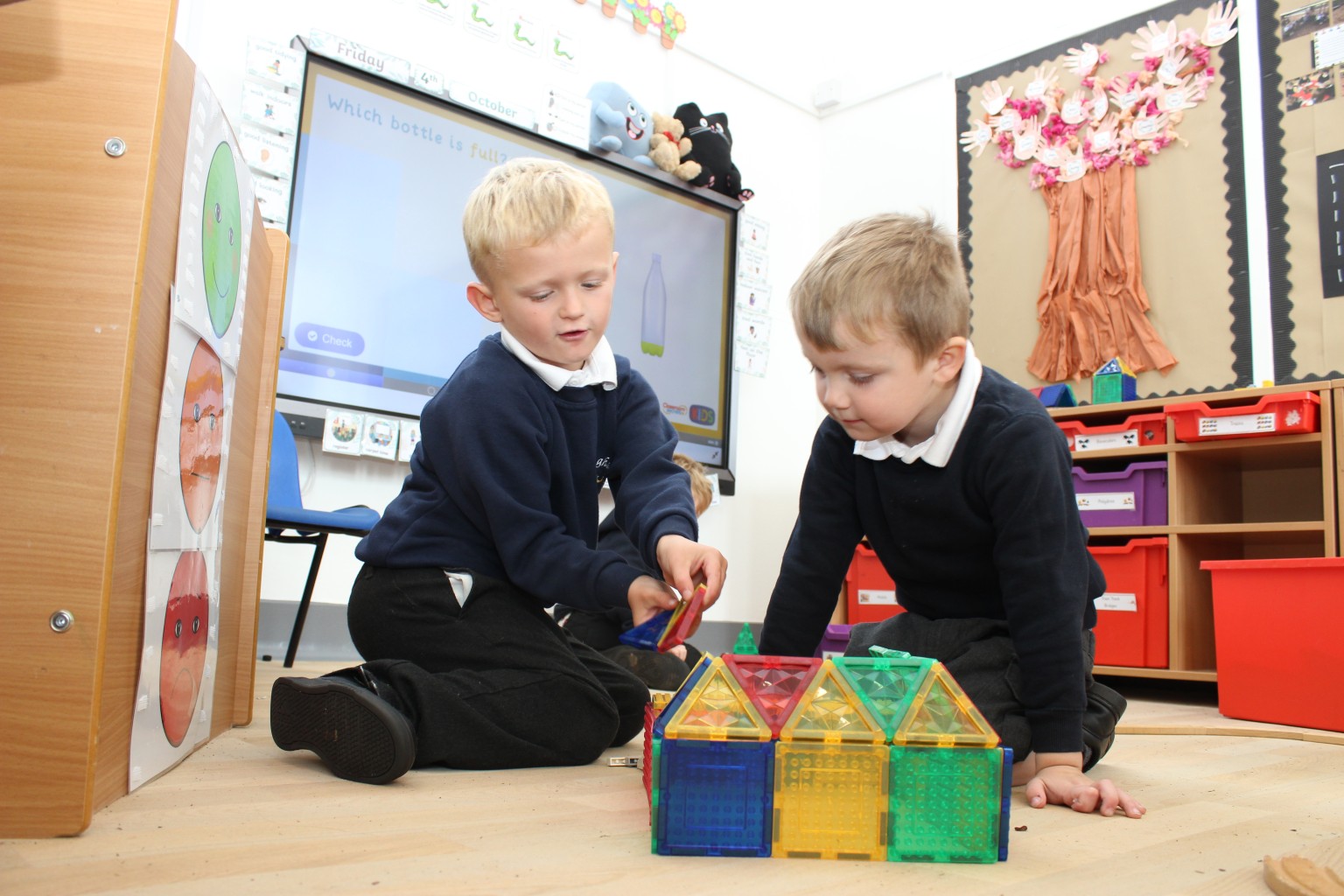
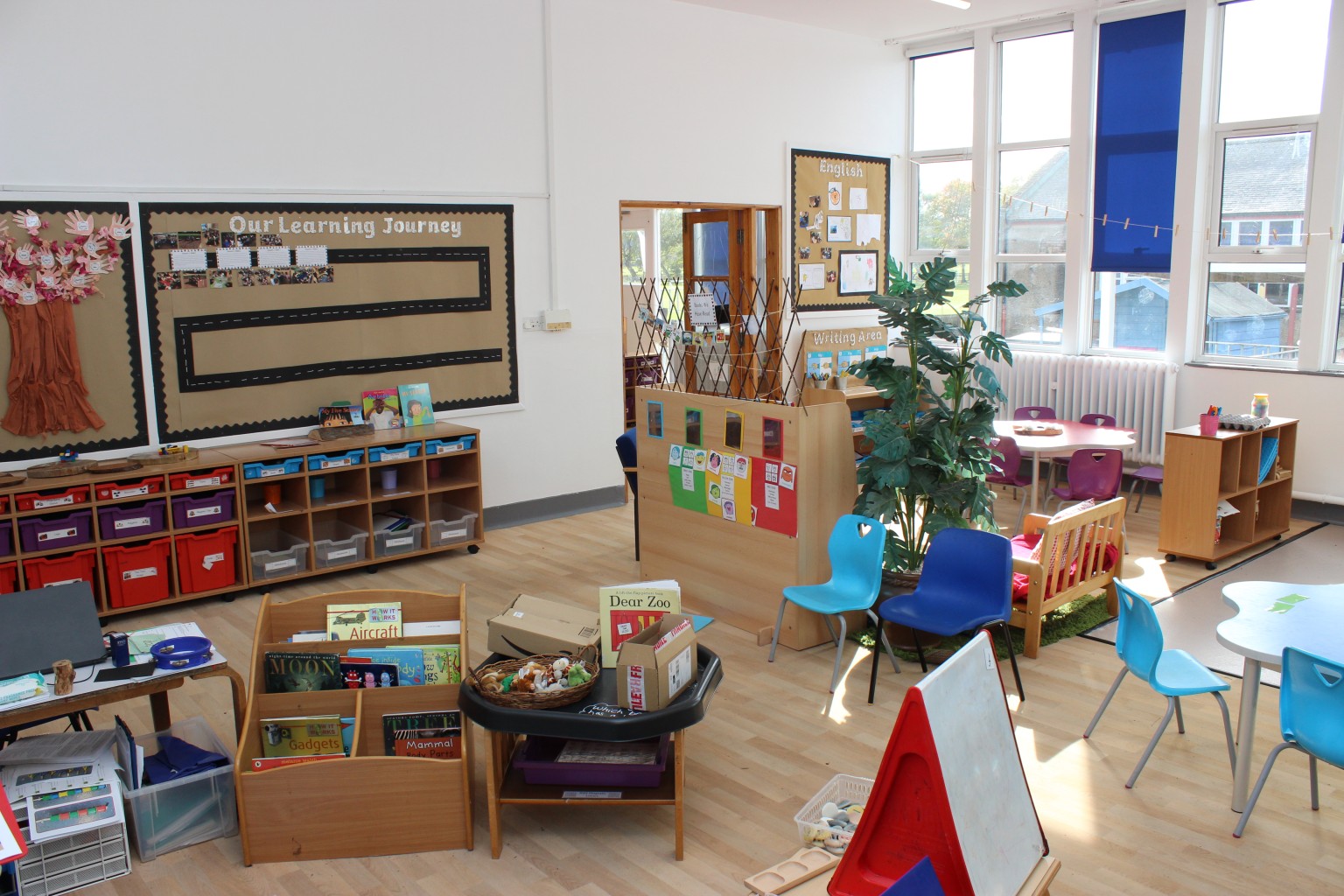

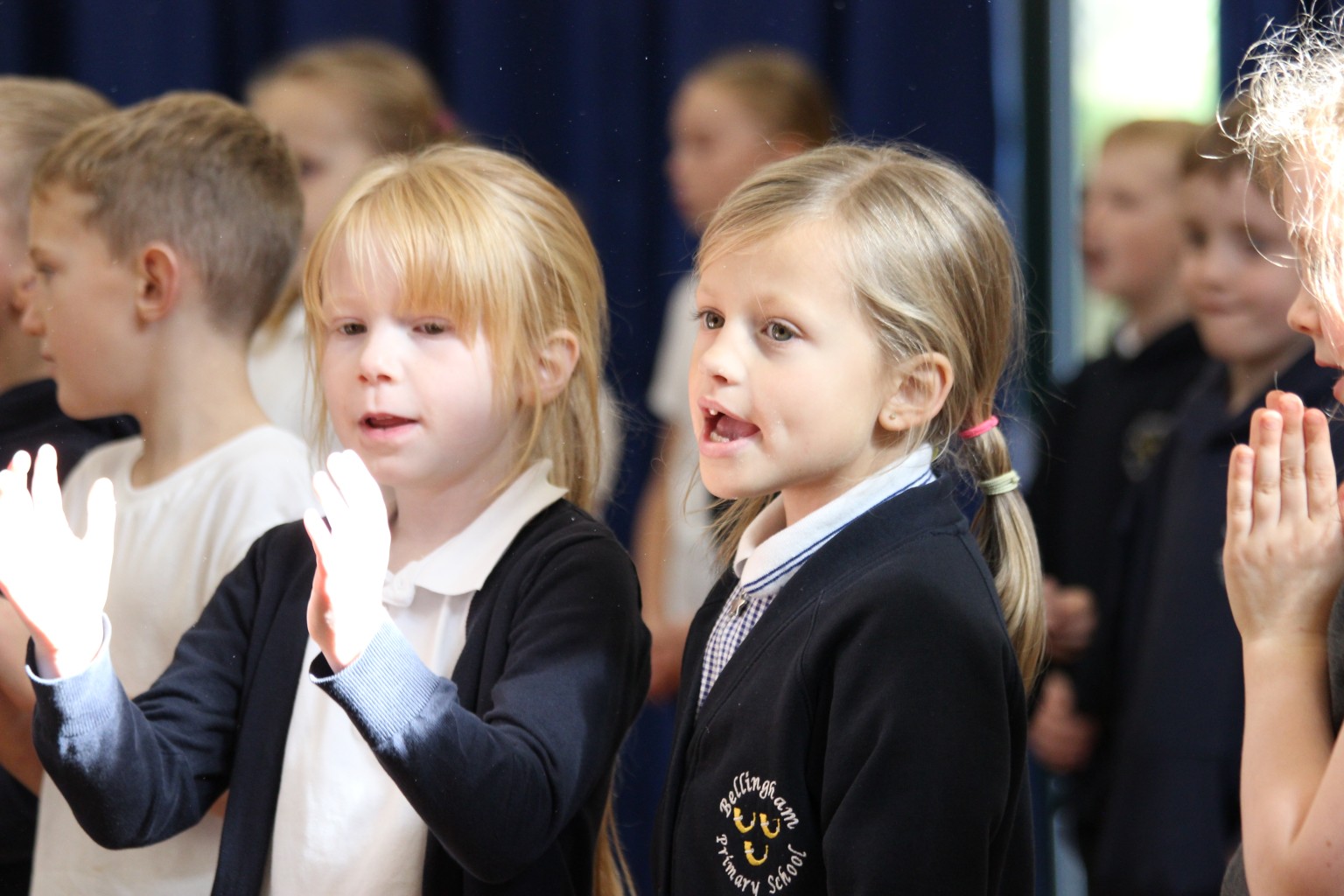
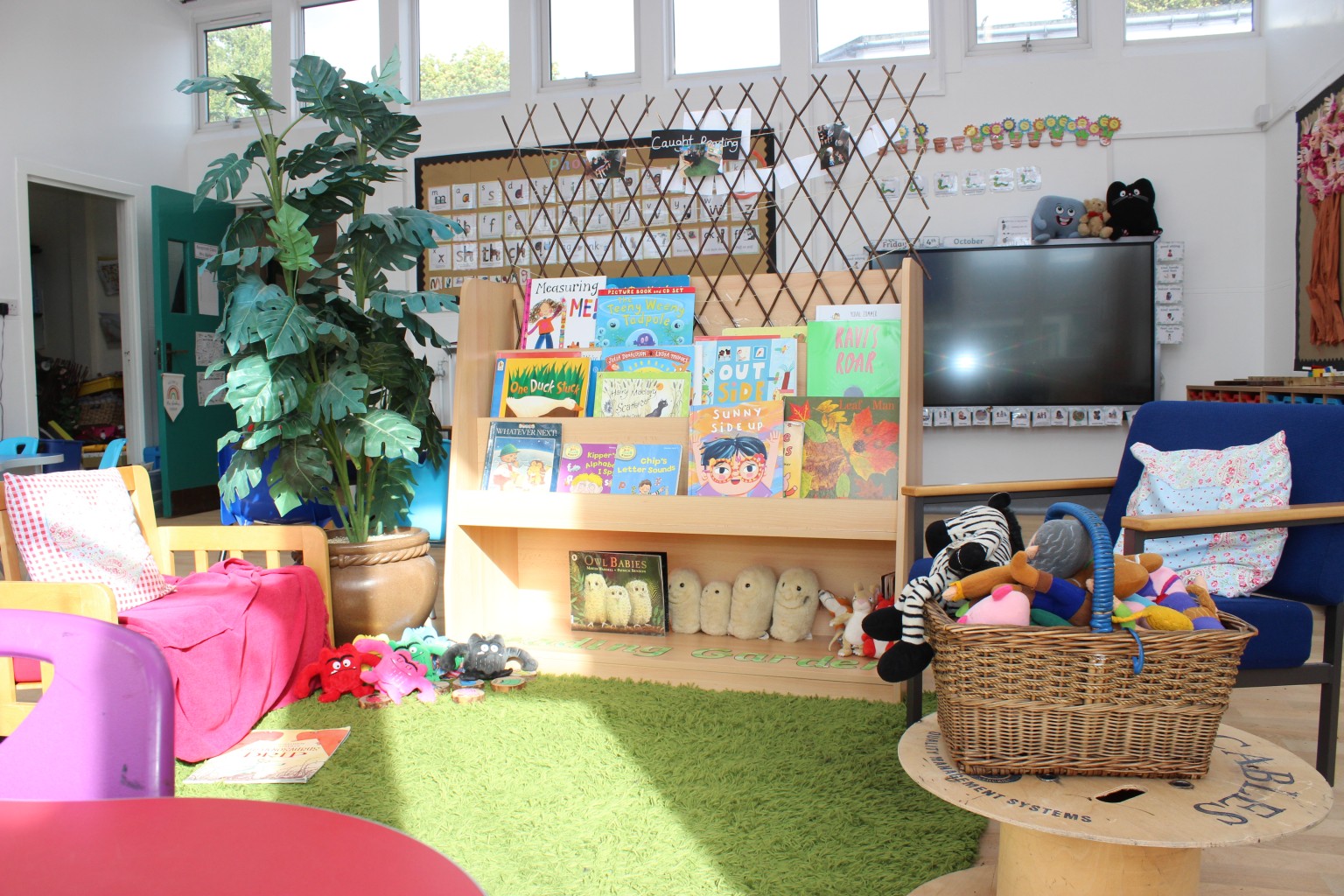
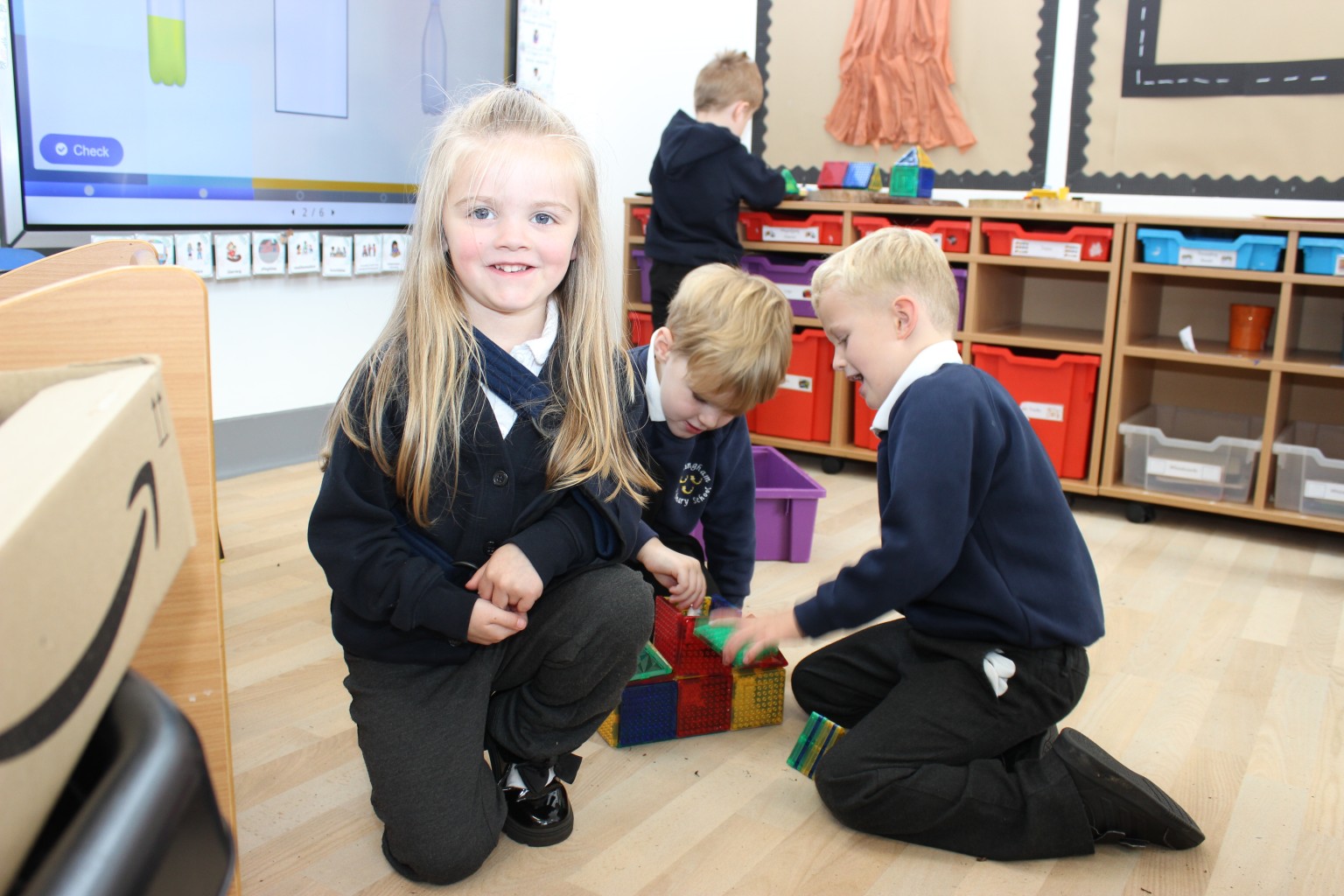
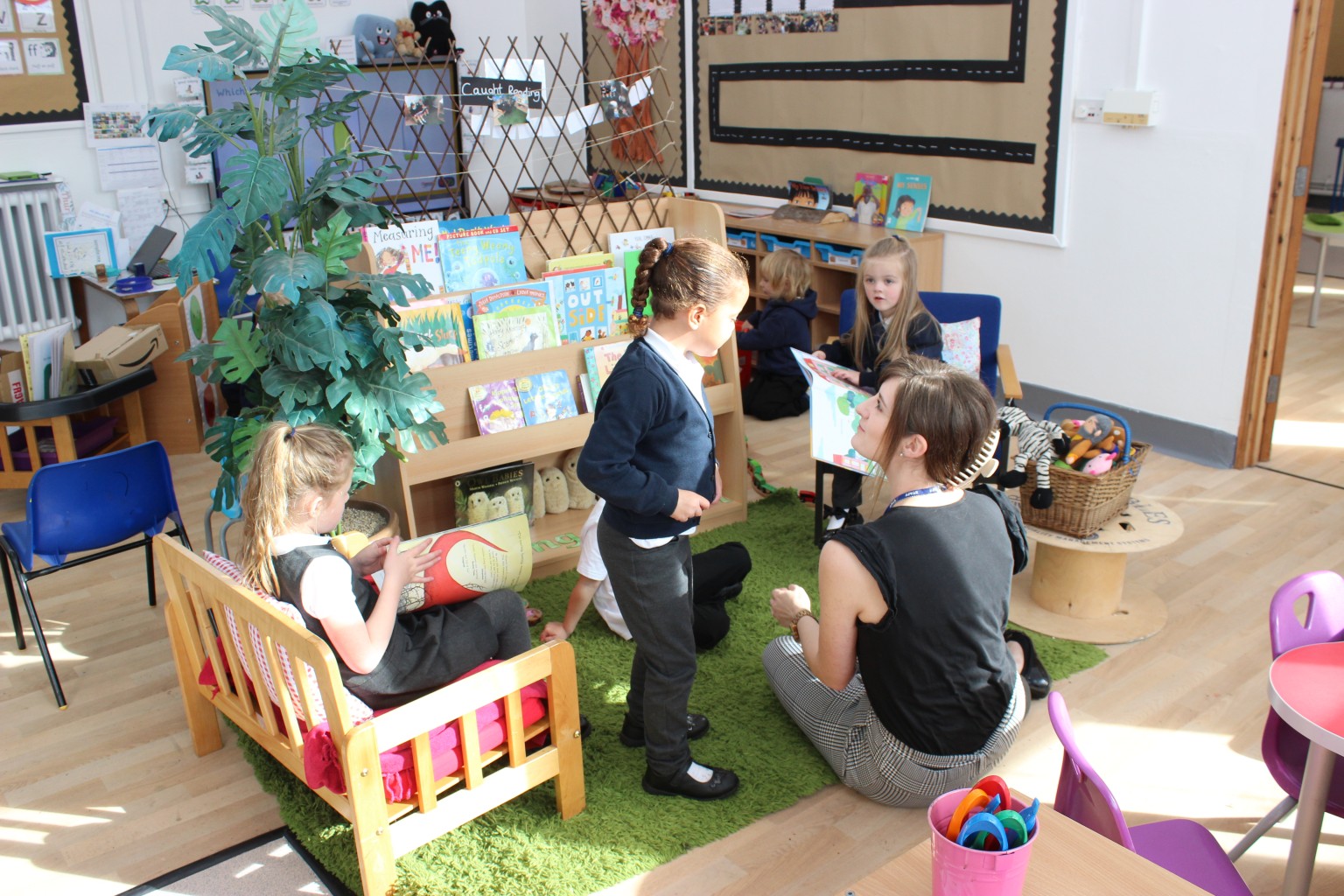
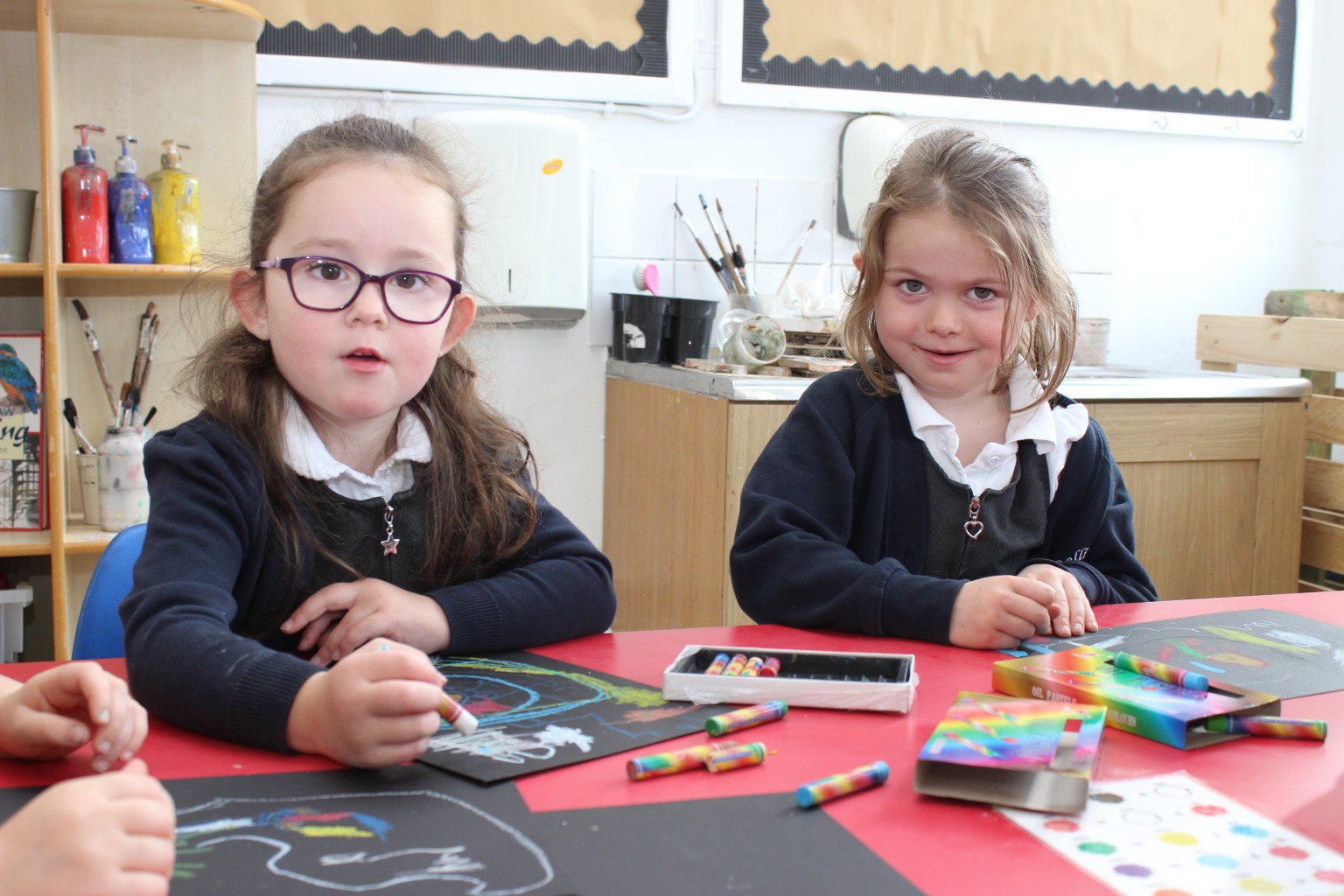
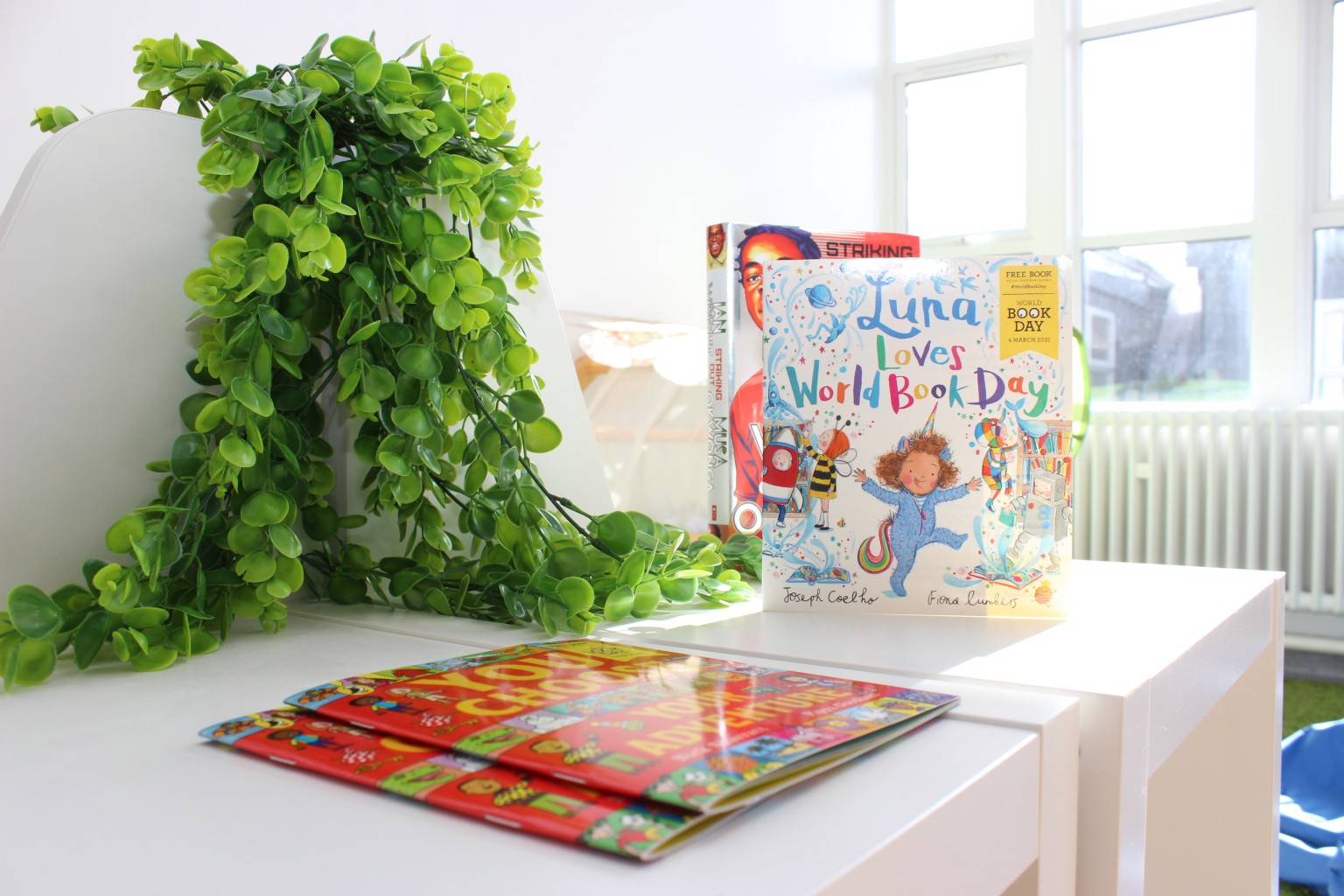


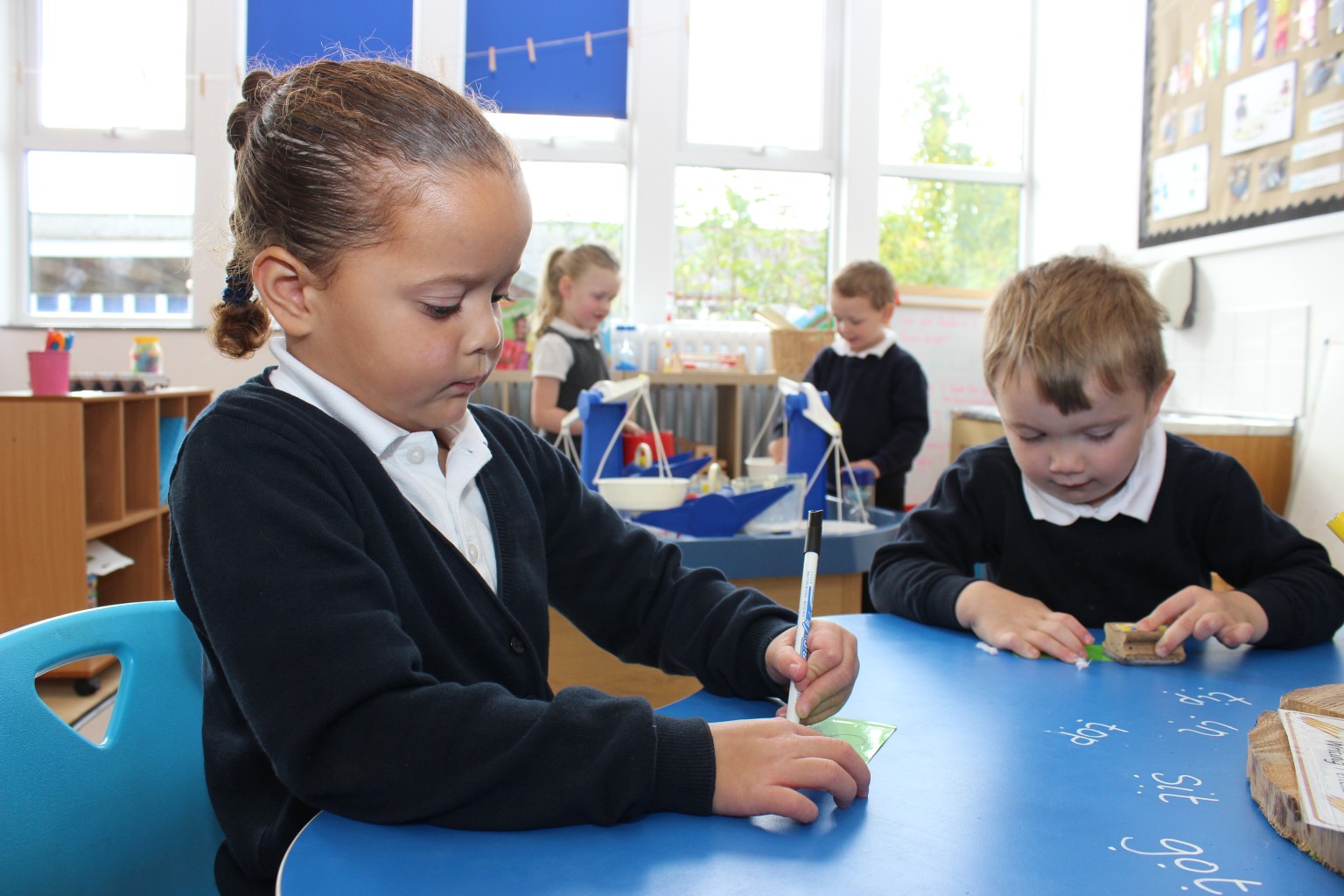


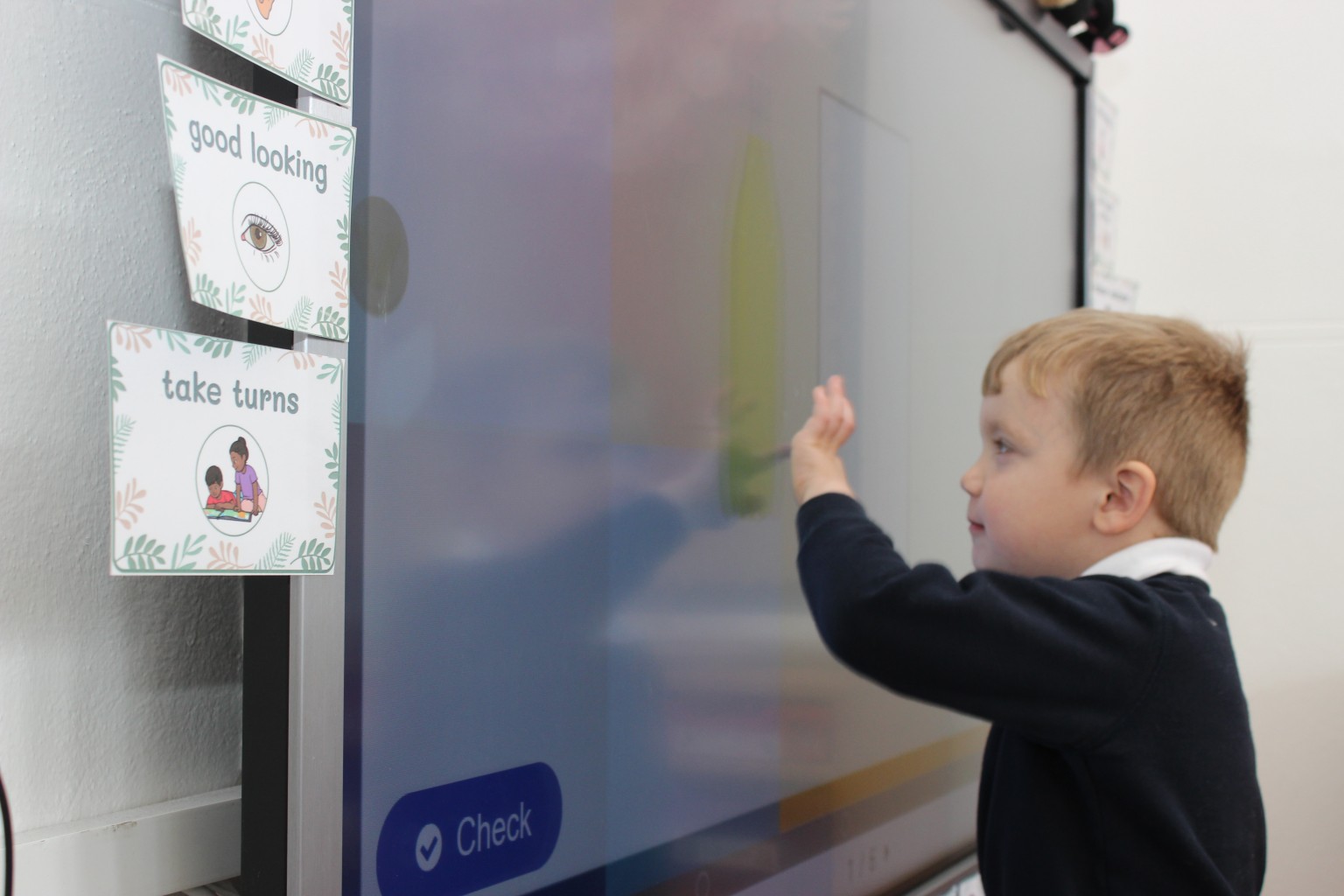
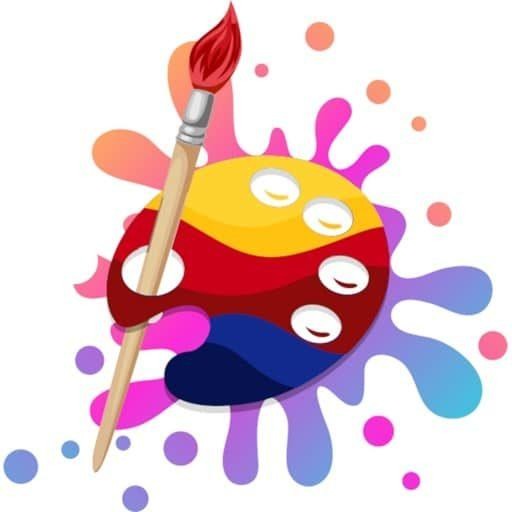
The teaching and implementation of the Art and Design Curriculum at Bellingham Primary School is based on the National Curriculum and supported by the PlanBee scheme plans, ensuring a well structured approach to this creative subject.
To ensure we meet the intended aims of the national curriculum 6 mediums are covered including Drawing, Painting, Printmaking, Textiles, 3D work and collage. When designing our curriculum we have sought to focus on 5 main areas:
The long term plan sets out the Art units which are to be taught throughout the year and ensures that the requirements of the National Curriculum are fully met. Teachers use an Artist and progression of skills document which show how the children skills in each area are developed throughout KS1 and 2 and which artists are studied and the progression from the previous year. Pupils participate in one high quality lesson each week. Class teachers use ongoing observations and assessment for learning to monitor the progress and achievement of pupils and ensure they are appropriately challenged. Progress is recorded using the Art KS1 and 2 assessment documents. Each class teacher follows a planning frame which includes development and understanding of Artists and techniques which is shown in sketchbooks. Each year group studies a different artist for each topic which link to topics or skills being taught. Skill and techniques are also progressive and outline in the artist grid to ensure progression throughout Key stage 1 and 2. Sketchbooks are used to develop children’s ideas and a Final Art pieces are used to assess understanding of a topic. Children evaluate their own work and others work at the end of each unit. Success in Art is acknowledged and celebrated through displays in classrooms and around school. The emphasis of our Art curriculum is inclusion for all children regardless of artistic ability. We provide suitable learning opportunities for all children, including those with SEND, and tasks are adapted where necessary. The work of famous local, national and international artists are explored to enhance the children's learning. The children's learning is further enhanced with a whole school arts week in the summer term where the children have the opportunity for collaborative working and exploring the different styles and techniques of a range of artists.
Early Years
Through Expressive Arts children are encouraged to explore different media, explore how media can be combined to create different effects and develop a range of skills and techniques experimenting with colour, design, texture, form and function. Children are given daily access to a range of creative opportunities and enjoy our carefully planned and well-resourced creative areas both indoors and out. Children are encouraged to create on both small and large scales and our outdoor environment supports this well. Children are encouraged to develop their communication and language skills through talking about their creations and sharing these with others to build confidence and raise self-esteem.
Impact
As a result of our Art curriculum, pupils in our school will become confident artists, who can use a range of materials, skills and techniques, understand how to manipulate materials and apply these to their own works of art. They will have a sound knowledge about real artists, near and far, past and present and understand what inspired them to create and then in turn be inspired themselves. We help motivate children to produce high quality pieces of artwork through quality teaching that is engaging and fun. From our lessons, we provide children with an understanding of a variety of artists, techniques and mediums in a number of areas of art and strategies are planned in and discussed with class teachers. Achievements are celebrated in classrooms and corridor displays, and by building in increasing connections with local galleries, we aim to develop our future artists and their appreciation of the art around them.